The history of urban development in New York City is a fascinating journey that spans several centuries. The city’s growth and transformation have been shaped by a variety of social, economic, and political factors. Here is an overview of key periods and developments in the history of New York City’s urban development:
1. Early Settlement and Colonial Era (17th Century):
- The area that is now New York City was initially settled by the Dutch in the early 17th century and was known as New Amsterdam.
- The English seized control in 1664 and renamed it New York.
- The city began to develop as a major port and trading hub during this period.
2. 19th Century Expansion:
- The early 19th century witnessed significant population growth, driven by immigration and industrialization.
- Infrastructure projects, such as the Erie Canal (completed in 1825), increased trade and connected New York City to the interior of the country.
- The development of Manhattan’s grid system in 1811 laid the foundation for the city’s organized expansion.
3. Immigration and Tenement Housing (Late 19th Century):
- The late 19th and early 20th centuries saw a massive influx of immigrants, particularly from Europe.
- To accommodate the growing population, tenement housing proliferated, leading to crowded and often unsanitary living conditions.
- The Lower East Side became a symbol of immigrant life during this period.
4. Skyscrapers and the Rise of Manhattan (Late 19th to Early 20th Century):
- The late 19th century saw the construction of iconic skyscrapers, including the Flatiron Building (1902) and the Woolworth Building (1913), reflecting advancements in engineering and technology.
- Manhattan’s skyline began to take shape, and the city solidified its status as a global economic center.
5. Urban Planning and Development (Mid-20th Century):
- Robert Moses, a prominent urban planner, played a key role in shaping the city’s infrastructure during the mid-20th century.
- Moses was involved in the construction of highways, bridges, and public parks, but his projects were not without controversy due to their impact on communities.
6. Financial Center and Gentrification (Late 20th Century):
- The latter half of the 20th century saw New York City solidify its position as a global financial hub, particularly with the growth of Wall Street.
- Gentrification became a prominent trend in neighborhoods like SoHo and Greenwich Village, transforming formerly industrial areas into trendy residential and commercial districts.
7. Post-9/11 Redevelopment (21st Century):
- The terrorist attacks on September 11, 2001, had a profound impact on the city.
- The redevelopment of the World Trade Center site, including the construction of One World Trade Center, symbolized the city’s resilience and commitment to renewal.
8. Ongoing Changes and Challenges:
- In the 21st century, New York City continues to evolve with ongoing development projects, infrastructure improvements, and efforts to address issues such as affordable housing and climate change.
Throughout its history, New York City has been a dynamic and ever-changing urban landscape, reflecting the ebb and flow of economic, social, and cultural forces. The city’s resilience and adaptability contribute to its status as a global metropolis.

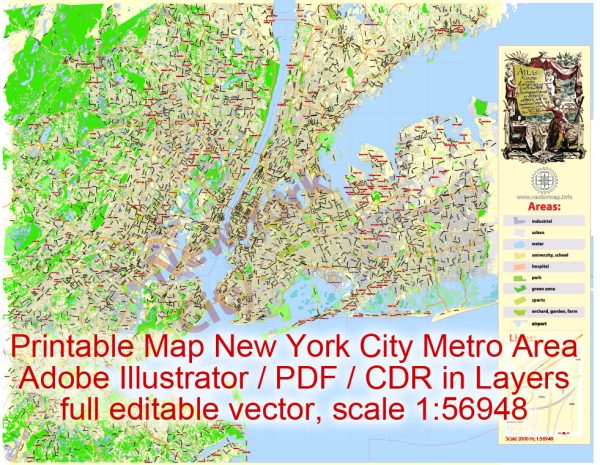
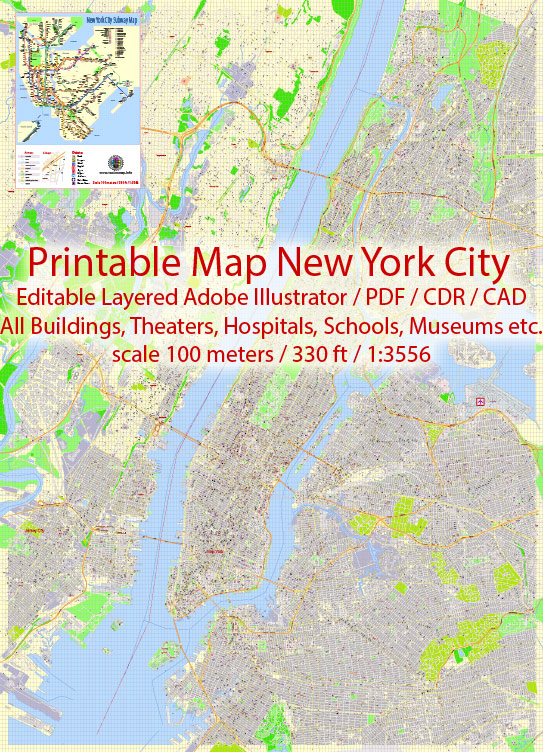
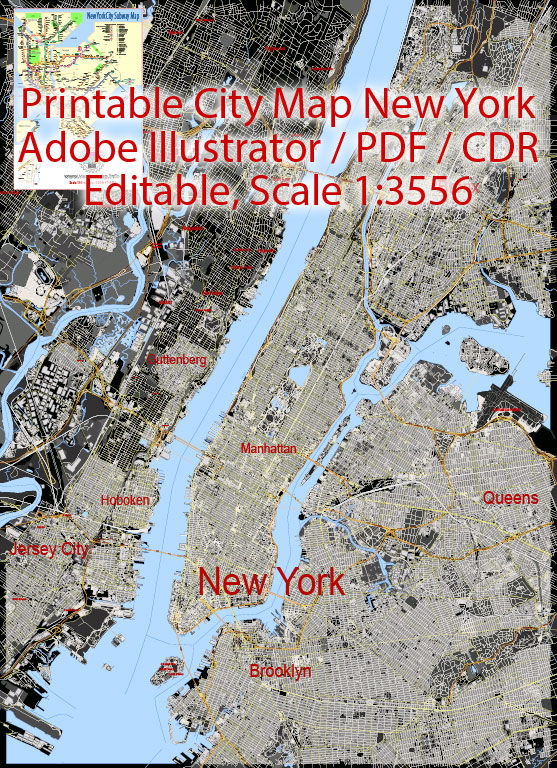
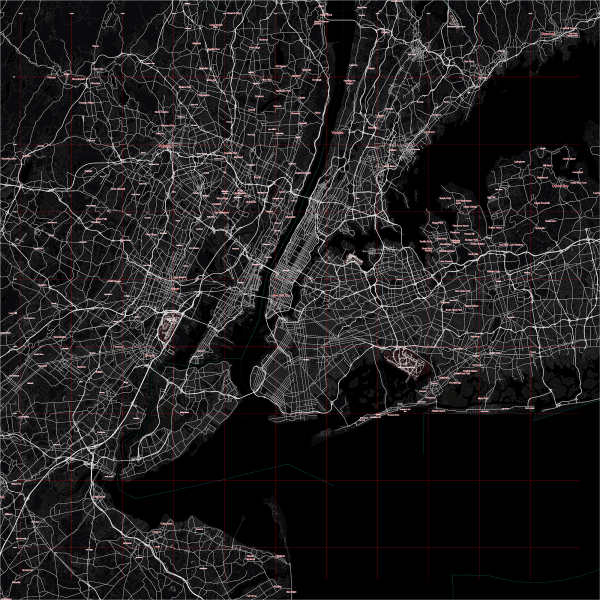
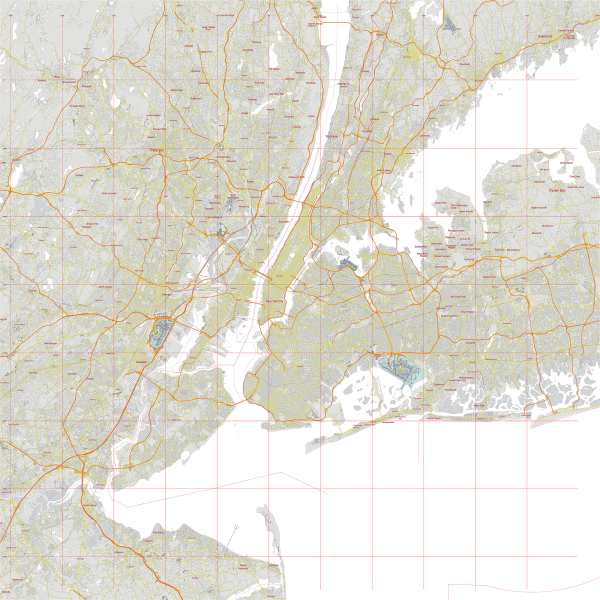
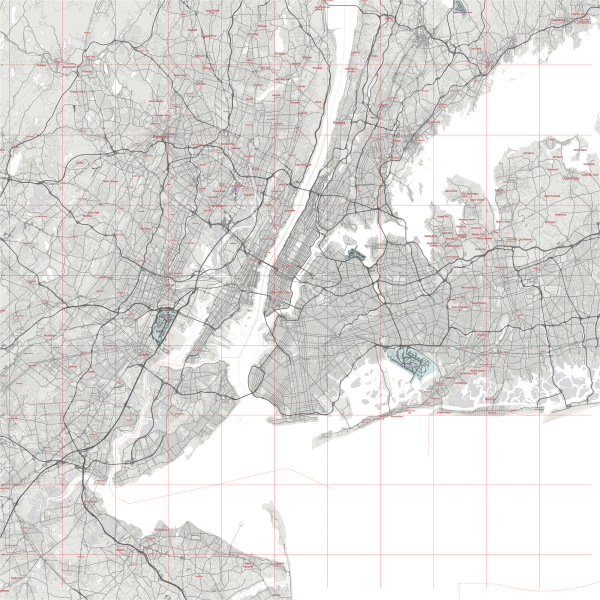
 Author: Kirill Shrayber, Ph.D.
Author: Kirill Shrayber, Ph.D.